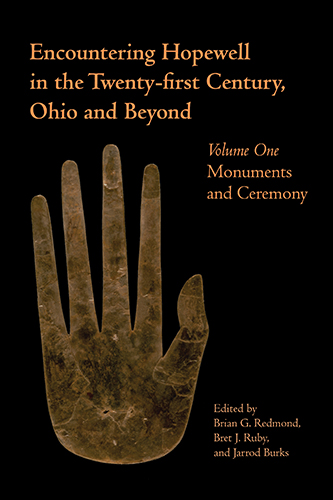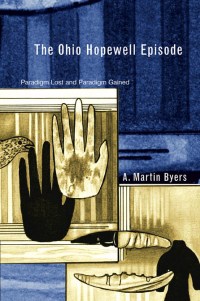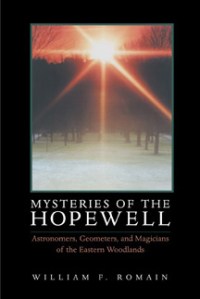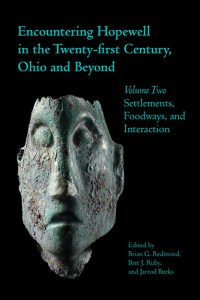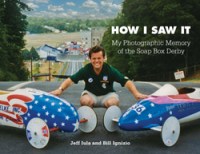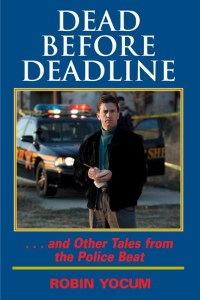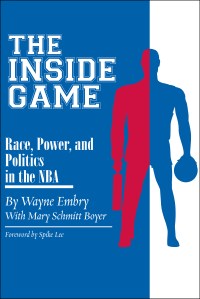Description
The archaeology of the ancient American Indian Hopewell earthwork-builders of the Ohio Valley has intrigued scientists and the public alike for more than 200 years. Since the dawn of the twenty-first century, professional inquiry into the Hopewell phenomenon has accelerated. Contemporary researchers are approaching old questions with new methods and interpretive perspectives, state-of-the-art survey technologies, and novel analytical techniques. As a result, our understanding of the Hopewell world has significantly deepened. This two-volume set presents some of the most current research on Hopewell archaeology within the Ohio Valley and beyond.
Volume One explores the monuments and ceremonies that stood at the heart of American Indian life during the Hopewell episode. Cutting-edge remote sensing studies and modern excavations add new dimensions to our understanding of the richness and complexity of Hopewell ceremonial landscapes. Novel investigations of earthwork form, design, and orientation attest to the remarkable sophistication of Hopewell geometry and astronomy. Cross-cultural comparisons and contextual analyses help us understand how Hopewell peoples’ concepts of the soul may have motivated their ceremonial practices and structured their social relations. Studies of form, materials, and iconography shed light on the meanings and histories expressed in Hopewell art and craft.
About the Authors
Brian G. Redmond is Curator and John Otis Hower Chair of Archaeology at the Cleveland Museum of Natural History. He received a PhD in Anthropology from Indiana University and conducted field research at numerous Precontact Native American sites in the lower Ohio Valley and Lake Erie region. His major research interests include pottery analysis, Paleoindian bone modification, the development of settled village life and community organization, and Woodland ceremonialism in the lower Great Lakes region.
Twitter: @CMNHarchaeology, @goCMNH
Instagram: goCMNH
Facebook: @theCMNH
Bret J. Ruby holds a PhD from Indiana University and is a National Park Service archaeologist at Hopewell Culture National Historical Park. He has a keen interest in the ancient and modern histories of American Indian peoples. His primary research interests focus on Hopewellian ritual landscapes, community organization, earthwork construction, and interregional interaction.
Jarrod Burks is the Director of Archaeological Geophysics at Ohio Valley Archaeology, Inc., a cultural resource management firm in Columbus, Ohio. He also is president of Heartland Earthworks Conservancy, an organization working to study and save Ohio earthworks. In addition to his earthwork research, Jarrod codirects a long-term Hopewell settlement research project with Drs. Paul Pacheco (SUNY Geneseo) and DeeAnne Wymer (Bloomsburg University) that has intensively investigated several Ohio Hopewell settlements.
